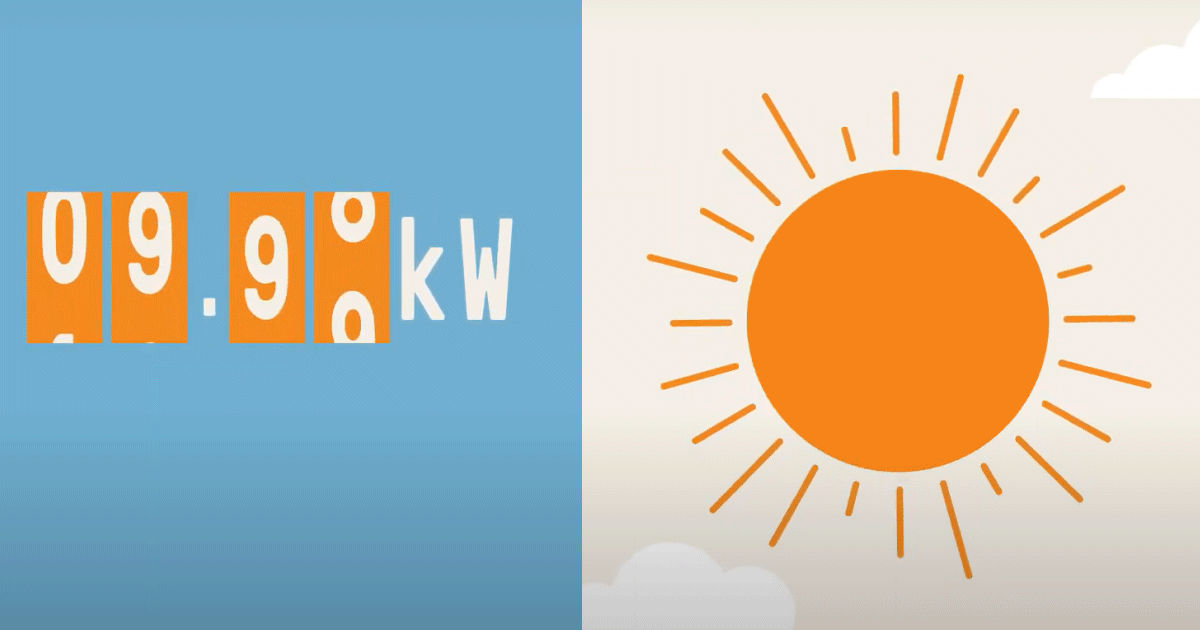
Flexible solar exports will be available across South Australia by July next year. So, what does this mean for current and new solar power system owners – and more broadly throughout Australia?
As more solar systems are installed, this is creating challenges for local electricity networks in some areas where uptake is particularly high, or where the local network isn’t particularly robust. Under certain conditions, surplus solar energy going into the grid can reach levels that cause pesky voltage rises and even threaten local network stability.
To this point, the issue has usually been managed on an ongoing basis by fixed solar export limits on systems – and in extreme cases; zero export limits1. But these are across the board, also covering the majority of the time when the local network could handle more solar energy goodness.
Flexible Solar Exports Trial
SA’s distributed network service provider (DNSP) SA Power Networks (SAPN) has been tinkering with a clever way of addressing the issue – flexible (aka dynamic) solar exports. In a nutshell, flexible solar exports adapt to network conditions, allowing a much higher maximum export limit when conditions allow for it – which can be much of the time.
In SAPN’s trial involving significantly overloaded parts of the network in selected areas of Adelaide’s southern suburbs that kicked off in 2021, eligible new and upgrading solar owners were offered a choice of either a fixed export limit of 1.5kW per phase or a flexible export option of 1.5kW to 10kW per phase.
For those participating in the flexible option, the customer’s inverter connects to SAPN’s utility server every 15 minutes and downloads the latest export limit information. The trial has been deemed a success, and flexible exports are to be rolled out across the state offering either the fixed limit of 1.5kW or flexible option of 1.5kW to 10kW.
Inverter Compatibility Requirement
Not every solar inverter is currently capable of this, and this is why after July 1 this year all *new* and upgraded solar power system installations must be dynamic exports capable. This can be either through native support, of through the use of third party devices and applications. Currently, 20 companies are working with SAPN on testing their solutions (97%+ of SA market share), and some have already been certified.
For new/upgraded installations after July 1, inverters that don’t pass muster will have to be configured for zero export.
Rollout Timeline
From July 1 this year, SAPN will begin rolling out flexible exports more broadly, and by July 2024 the option will be available state-wide.
The July 2023 – July 2024 rollout will occur across four phases. The first phase will include suburbs in the City of Mitcham and the City of Onkaparinga. Availability in those suburbs will be prioritised based on solar congestion, and will start with some suburbs around where the trial has been offered. Four weeks ahead of each new phase, SAPN will be announcing what the new suburbs will be in the subsequent phase. The second phase will start introducing some rural locations.
The suburbs where flexible exports will be available are to be announced on SAPN’s web site and there’s also a flexible exports eligibility checker application available.
For new or upgraded systems installed after July 2023 in locations where flexible exports aren’t yet implemented, the existing 5kW/phase export limit applies. When the option is available, those owners – as will other owners with a compatible inverter – will be able to switch to flexible exports.
Indicative Export Levels
For the areas where the trial is being offered, the indication is 10kW can be achieved for 98% of the time. Beyond these areas, SAPN says export levels will vary by location. In all areas this will change over time as more customers install solar panels and networks are modified; i.e., export levels could increase or decrease over time.
SAPN is working on enhancing the eligibility checker tool to include information on expected export levels based on the previous 12 months of data specific to the customer’s location.
Last Thursday, SAPN held an industry webinar regarding the flexible exports rollout, which also included a Q&A component.
Flexible Exports Beyond SA
Solar energy exports congestion isn’t just a challenge for South Australia – it’s something experienced in various areas right across the country, and the challenge will only grow. So, regardless of which state or territory you may be in, flexible exports are likely to be introduced in some form in the not-too-distant future.
Footnotes
- Or even disallowing new systems from being installed in really extreme cases. ↩

 RSS - Posts
RSS - Posts



What I’d love to see with flexible exports is the ability to increase the system size per phase or even remove the limits on them.
Do you think there would be any plans for this in the future? I can’t see why there would be need for limit when you can just limit export now.
Does anyone have any idea how much it should cost to add a flexible solar export system to an existing Fronius 5kW inverter ? I presume that the install has to be done by my original installer. He quoted initially $660 about two months ago but on enquiry today the price has risen to $1100. Fair price ?
Thanks !
Cheryl